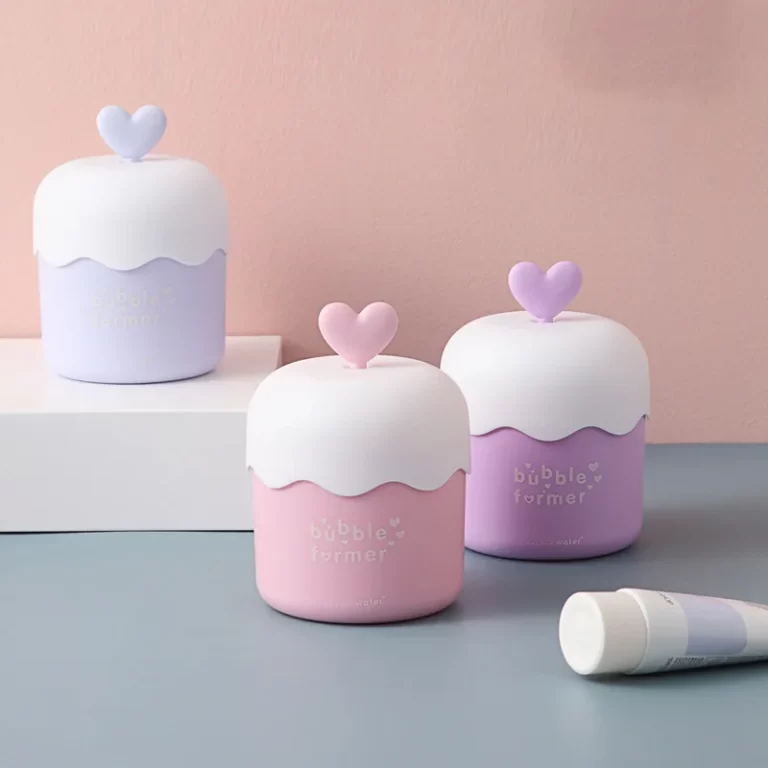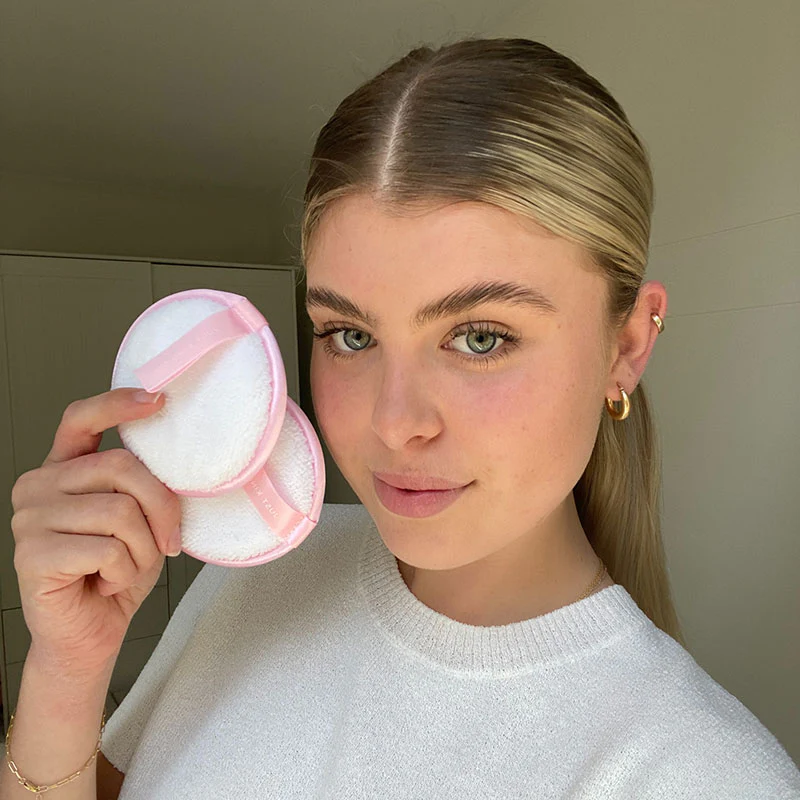
Reusable vs Disposable Makeup Remover Pads
Introduction to Makeup Remover Pads
Makeup remover pads are essentials in beauty routines. They clean away makeup, oils, and dirt effectively. There are two types to choose from: disposable and reusable. Disposable pads are single-use and often made of cotton. Reusable pads can be washed and used again.
They offer different benefits and drawbacks, influencing personal beauty practices. This blog post explores the pros and cons of both. We’ll discuss how they compare environmentally and practically. Opinions and experiences from users will shed light on their effectiveness. Let’s dive into the world of makeup remover pads.
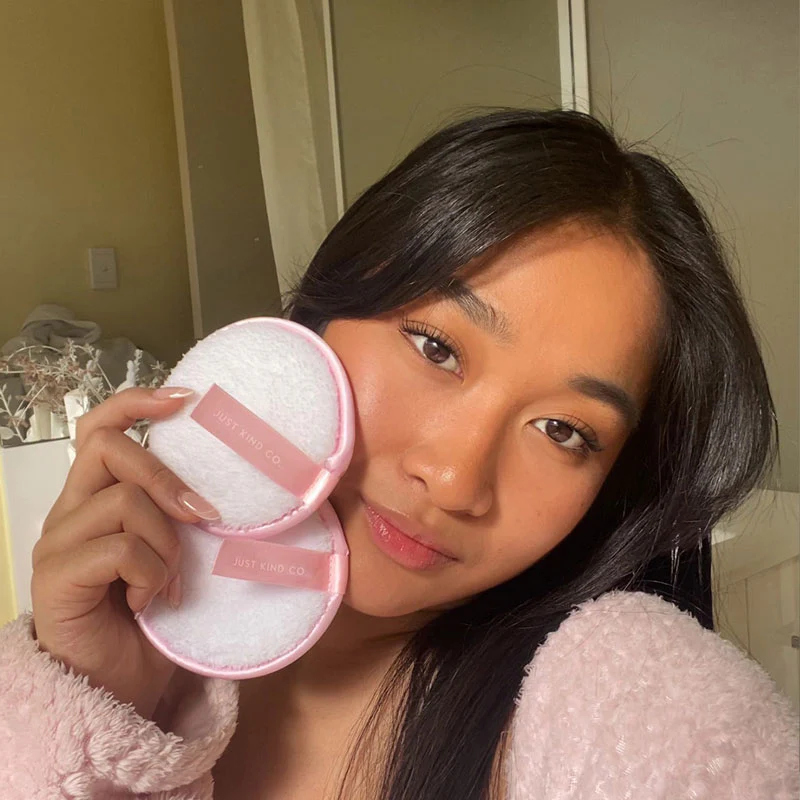
Pros and Cons of Disposable Makeup Remover Pads
Disposable makeup remover pads are widespread in the beauty world. These pads are commonly made from cotton or a blend of synthetic fibers. Here, we delve into the advantages and disadvantages of incorporating disposable pads into your skincare routine.
Advantages of Disposable Makeup Remover Pads
- Convenience: Disposable pads are ready to use, making them very convenient for busy individuals. You can easily carry them during travels.
- Hygiene: Each pad is used once, which minimizes the risk of bacterial build-up, keeping your skincare routine hygienic.
- Ease of Use: They require no maintenance other than disposal after use.
Disadvantages of Disposable Makeup Remover Pads
- Environmental Impact: The single-use nature of these pads contributes to waste and environmental degradation. This is because they are not biodegradable and often end up in landfills.
- Cost in the Long Run: Frequent purchases of disposable pads can be more costly over time compared to reusable options.
- Potential for Irritation: Some disposable pads contain synthetic fibers or chemicals that might irritate sensitive skin.
By understanding these pros and cons, you can make a more informed decision about whether disposable makeup remover pads suit your beauty routine. However, weighing their environmental impact is crucial, as sustainability becomes increasingly significant in beauty practices.
The Rise of Reusable Makeup Remover Pads
Reusable makeup remover pads are becoming more popular due to their sustainability benefits. These pads are designed to be washed and reused, unlike disposable ones that contribute to landfill waste. The growing environmental awareness among consumers is driving the shift towards these eco-friendly alternatives.
Reusable pads come in various materials, including cotton, bamboo, and microfiber, offering a range of textures for different skin types. They are often paired with a washable bag for ease of laundering. People choose these pads not only for their green qualities but also for the long-term cost savings, as they reduce the need to continually buy disposable products.
The market has responded to this demand with a variety of options. Brands now provide sets that include numerous pads and sometimes additional items like washing bags or storage cases, enhancing convenience and value.
Moreover, online platforms and social media play a significant role in their popularity. Influencers and beauty bloggers often share their positive experiences using these pads, further encouraging people to make the switch. The visual demonstrations of their effectiveness in removing makeup, combined with discussions on responsible consumption, resonate well with a progressively eco-conscious public.
However, the transition isn’t without challenges. The effectiveness and maintenance of these pads can be concerns for potential users. Nonetheless, the benefits of reducing personal waste and supporting sustainable practices continue to drive their popularity upward.
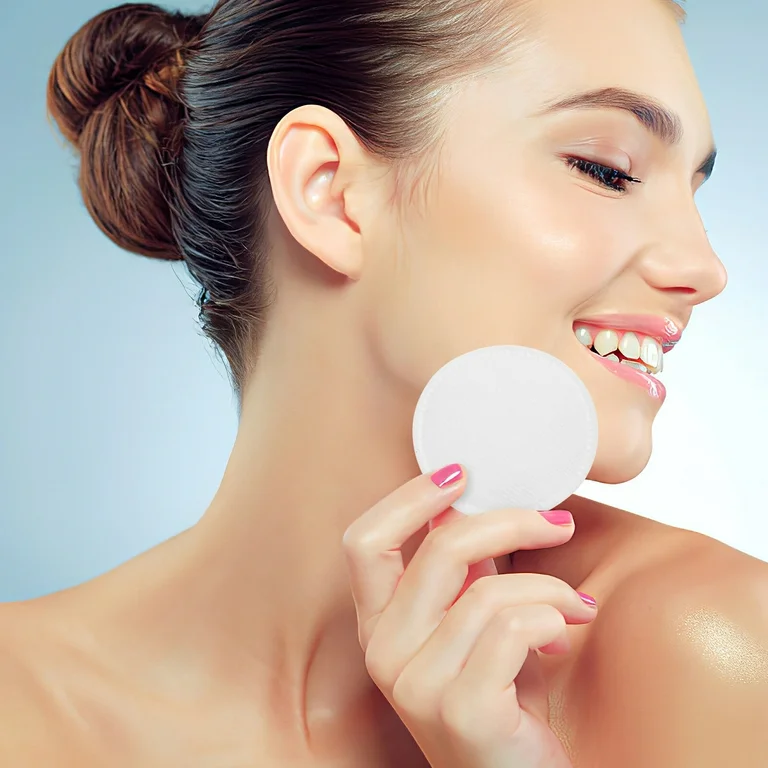
Challenges with Reusable Makeup Remover Pads
Transitioning to eco-friendly reusable makeup remover pads presents certain challenges. Users often encounter difficulties, particularly when it comes to cleaning and maintenance.
Effectiveness in Removing Makeup
Though reusable pads are marketed as effective, some users find that heavily pigmented products, like mascara and eyeliner, are harder to remove. This leads to questions about the true practicality of the pads for those with more elaborate makeup routines.
Washing and Maintenance
Reusable cotton pads require regular washing, which raises issues of convenience. Unlike disposable ones, they need proper care to maintain hygiene. Some users have found that washing doesn’t always restore pads to their original state, leaving stains or a dingy appearance.
Drying Time
Once washed, these pads must be dried completely before the next use. Inconsistent drying can lead to issues such as mustiness or mildew, especially in humid environments or during colder months.
Longevity Concerns
Even with meticulous care, reusable pads may fray or lose softness over time. Their durability may vary based on materials used, affecting how frequently they need replacing.
These challenges can affect user satisfaction and the overall adoption rate of reusable makeup remover pads. Addressing these issues is crucial for the sustainable beauty movement to progress effectively.
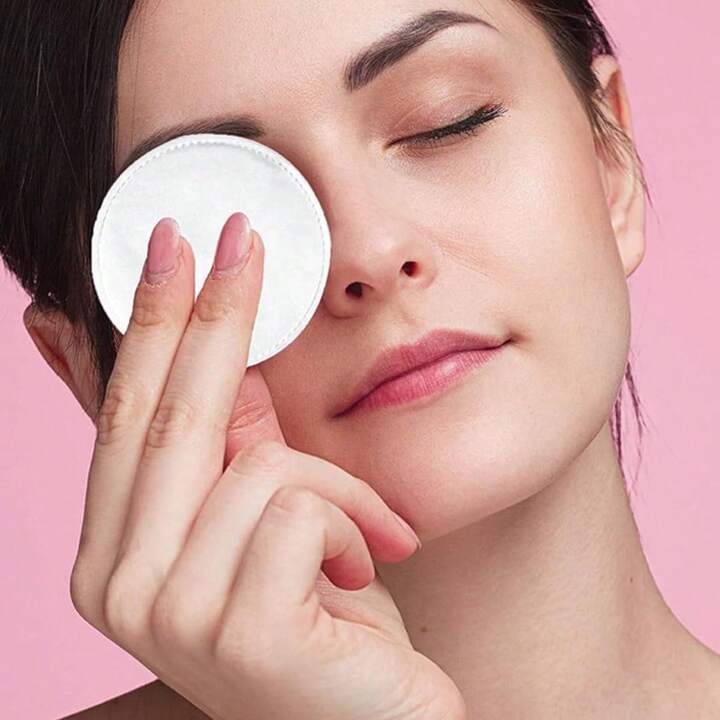
Washing and Maintaining Reusable Cotton Pads
Washing reusable cotton pads seems simple. Yet, many face challenges keeping them clean and white. Stains from makeup, especially mascara and lipstick, can persist even after multiple washes.
Stain Removal Challenges
Users often report that stains do not fully wash out. Dark makeup leaves visible residue, which is unsightly. This leads to doubts about the hygiene of reused pads.
Proper Washing Techniques
For optimal cleanliness, follow the product’s washing instructions. Some suggest machine wash, while others hand wash. A laundry bag can protect the pads from damage during machine washing.
Washing Frequency
To prevent stains from setting, wash pads after each use. Quick rinsing under the tap right after use helps remove makeup before it stains.
Drying Methods
Air drying is best, as heat from dryers can shrink or warp fabrics. If possible, dry pads in sunlight, which can help to sanitize and remove odors.
Handling Persistent Stains
For stubborn stains, soaking the pads in a mild detergent solution before washing may help. Some users also recommend natural stain removers like baking soda.
Maintenance Tips
Gentle care extends the life of reusable pads. Avoid harsh chemicals and fabrics softeners, which may degrade fabric fibers over time.
Through proper maintenance, reusable cotton pads can be an effective and eco-friendly part of a beauty routine. Yet, some trial and error may be necessary to perfect the individual care process.
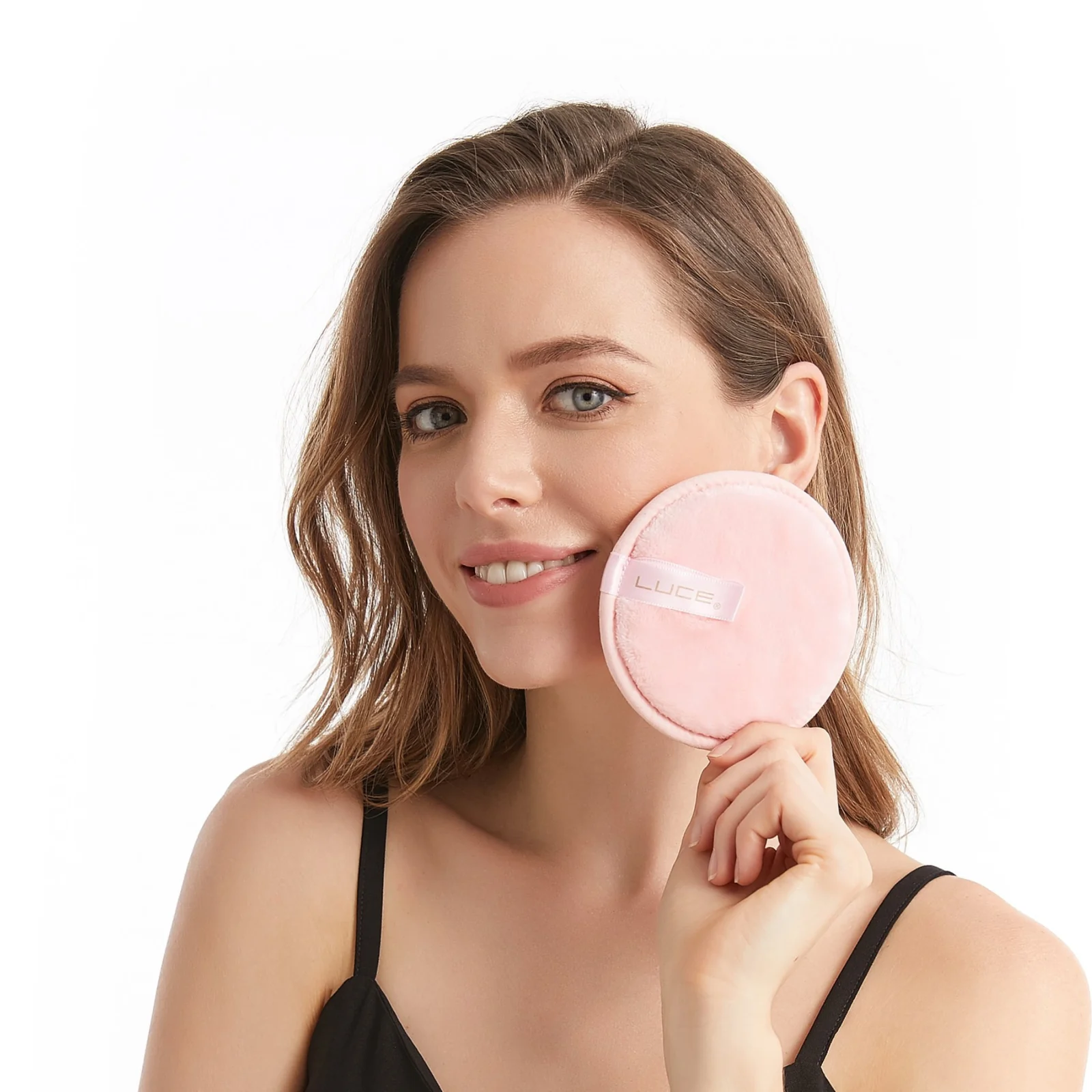
Environmental Impact Comparison
When examining makeup remover pads, the environmental footprint is a critical point of comparison. Here’s how disposable and reusable pads stack up against each other in terms of ecological impact.
Disposable Makeup Remover Pads
Disposable pads, often made from non-biodegradable materials, contribute significantly to landfill waste. The production process also uses water and energy, adding to their environmental toll. Every single-use pad thrown away compounds this issue, pointing to a pressing need for more sustainable solutions.
Reusable Makeup Remover Pads
Reusable pads appear to offer an eco-friendly alternative. They reduce waste by serving multiple purposes over their lifespan. The initial environmental cost of production may be higher. However, over time, the benefits increase as fewer pads are needed, less waste is generated, and the demand for raw materials drops.
Washing and Longevity Factors
While reusable pads minimize waste, the resources used to clean them must be considered. Frequent washing and the need for warm water can add up. Choosing efficient washing methods and proper care can mitigate these factors, extending the pad’s life and thus enhancing its environmental advantages.
Balancing Practicality and Sustainability
The goal is to strike a balance between convenience, effectiveness, and sustainability. Both types of pads have their place, but reusable pads, when maintained properly, offer a promising step towards reducing our environmental footprint. It’s about making informed choices that align with greener living and responsible consumption habits.
User Experiences and Testimonials
In exploring the world of makeup remover pads, user experiences and testimonials offer valuable insight. Opinions vary widely, reflecting the diverse needs and preferences among users.
Real User Feedback on Disposable Pads
Many appreciate disposable pads for their accessibility and effortless application. Users often commend their convenience, particularly when traveling or in a rush. However, others raise concerns about their environmental impact. Moving away from single-use items is a common theme in feedback. The cost factor also resonates, with recurring purchases seen as a financial burden over time. Allergies and skin irritations from certain materials are among other noted drawbacks.
Reusable Pads: A Mixed Bag of Reviews
Testimonials regarding reusable makeup remover pads illuminate their practicality and green benefits. Commendations for reducing waste and saving money are plentiful. Yet, the issues around maintenance cannot be overlooked. Stain resistance, or lack thereof, creates a stumbling block for many. Pads that retained makeup residue after washing prompted some to question their hygiene. The extra effort required for proper care is another recurring point.
Adapting to Challenges
Many users acknowledge the challenges but choose to persist, finding ways to adapt. Creative solutions like immediate rinsing and stain treatment mitigate cleaning concerns. Some suggest exclusive use for light makeup or applying skincare products to avoid heavy stains. The patience for air drying and rotating through multiple pads speaks to a commitment to eco-friendly choices.
Personal experiences with products like these are crucial for understanding their performance and informing better choices. Whether disposable or reusable, what matters most is finding what suits our needs while aligning with our values. The testimonials and reviews serve as a guide towards this goal, ensuring both personal satisfaction and environmental consciousness.
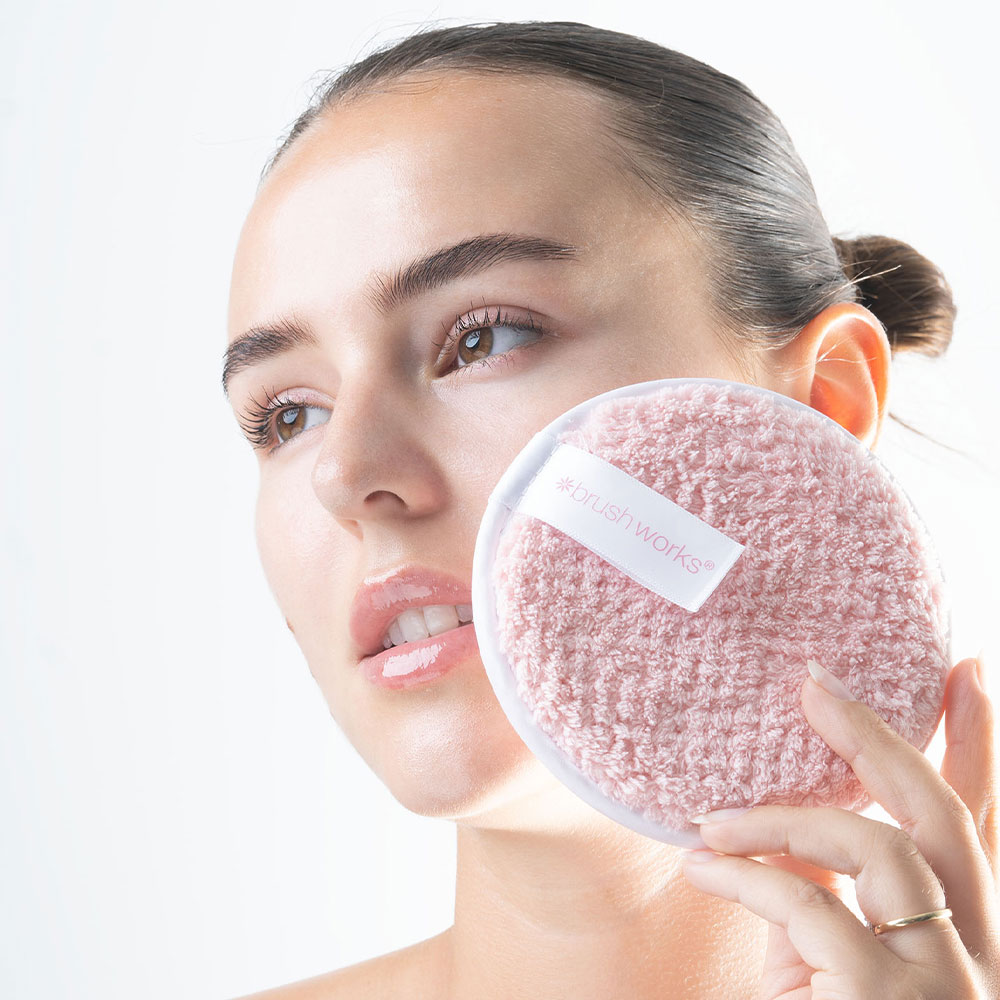
Alternative Eco-Friendly Makeup Removal Options
For those seeking eco-friendlier alternatives beyond reusable cotton pads, various options are available. Here we explore alternatives that balance sustainability and effectiveness in makeup removal.
Makeup Removal Oils and Balms
One option is to use makeup removal oils or balms. Applied directly, they dissolve makeup without the need for a pad. Users rinse off the product with water or wipe it away with a soft cloth.
Microfiber Makeup Cloths
Microfiber makeup cloths are effective and can be washed and reused. They remove makeup with just water, reducing the need for disposable products.
Organic Muslin Cloths
Organic muslin cloths are soft and gentle for the skin. They’re reusable and can often be composted at the end of their life cycle.
Bamboo Face Towels
Bamboo-based towels offer a sustainable and absorbent solution to remove makeup. They’re durable, biodegradable, and have natural antibacterial properties.
Finger Application for Skincare
For products like toners and serums, consider using your fingers to apply. This method eliminates the need for any type of pad.
Solid Cleansing Bars
Solid cleansing bars are a waste-free alternative. They lather up when applied with water, allowing for easy makeup removal.
Konjac Sponges
Made from natural plant fibers, Konjac sponges provide gentle exfoliation and can assist in ridding the skin of makeup.
DIY Reusable Pads
For a personalized touch, craft your own reusable pads from old towels or fabrics. It’s sustainable and cost-effective.
When choosing an eco-friendly makeup removal method, consider what fits your lifestyle and skin type. A good balance between environmental benefits and personal convenience is key. By exploring these alternatives, you can find a solution that helps reduce your environmental impact while keeping your face fresh and clean.
